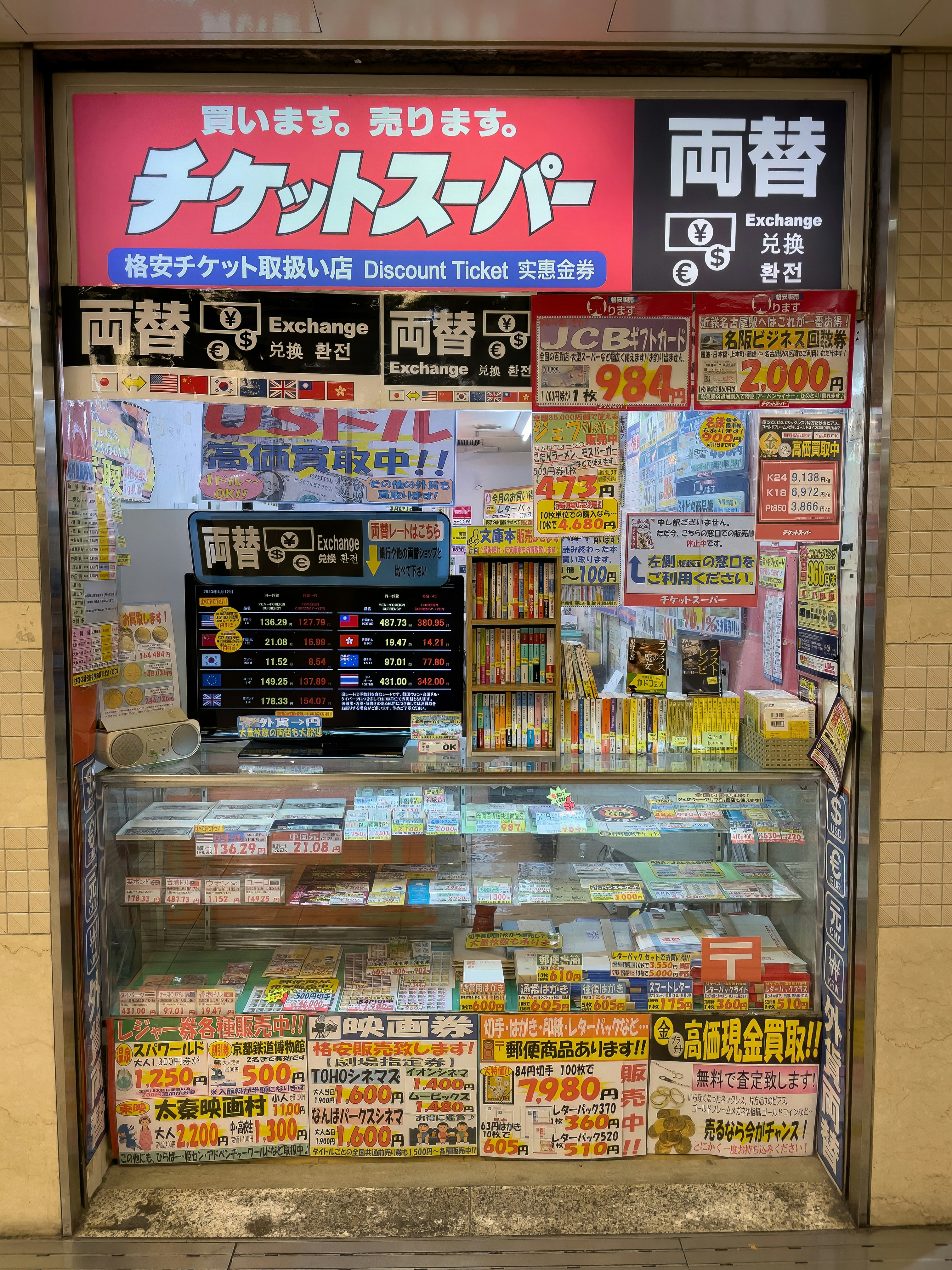
The Canadian housing market has been slowing as proudly owning a home turns into an unachievable dream for common Canadians. After reaching a peak of virtually $713,500 in December 2021, the common dwelling value began falling. The Home Value Index fell 15.5% yr over yr in March. However it’s nonetheless not inexpensive as mortgage charges have elevated. As Canada’s property costs stay burdened, share costs of REITs have been in a downtrend. Are there any safer REITs that may face up to a property bubble burst?
To discover a safer REIT, traders ought to perceive the housing market, dangers, and elementary strengths.
The present state of affairs of the Canadian housing market
Regardless of a 15.5% correction, home costs are nonetheless above the pre-pandemic degree. The report low-interest price in 2020 and 2021 inspired many to take mortgages. And now they’re feeling the pinch as mortgages are up for renewal. A mortgage eats up 30% of a family’s earnings. As this single largest expense grows considerably, it’s straining family funds. In the meantime, the massive six banks have elevated their provisions for credit score losses as they worry mortgage defaults to extend.
Business properties have additionally come underneath strain as corporations are decreasing workplace house to chop prices. Some industrial property REITs even slashed their distributions as their occupancy price fell considerably. Allied Properties REIT’s inventory value has fallen by 55% because the first price hike in March 2022. The REIT has excessive debt and even posted a loss due to high-interest prices. It’s now trying to promote a few of its properties to scale back debt.
The housing market will take a yr or two to ease, offered the Financial institution of Canada reduces rates of interest. Most REITs costs are low as they mirror a discount within the honest market worth of their properties. In these bearish instances, two REITs are an incredible discount.
CT REIT
CT REIT (TSX:CRT.UN) is the true property arm of Canadian Tire. Whereas the retailer is decreasing its retailer rely, it has no affect on the occupancy price of CT REIT. Canadian Tire occupies over 92% of the REIT’s gross leasable space. The remaining space is leased by different important retailers. Its occupancy price stays above 99% even in these unsure instances.
The excessive occupancy price secures its rental earnings and maintains its distribution payout ratio inside a protected zone of 74.5%. On the debt entrance, 94% of the overall debt is at a hard and fast price, decreasing the burden of rising rates of interest.
All these elements make CT REIT a safer wager in actual property you could purchase at a discount, as macro elements have pulled the inventory down 14% since March 2022. You’ll be able to lock in a 5.5% distribution yield. The REIT is prone to proceed rising its distribution at a median price of three%, regardless of what occurs within the housing market.
RioCan REIT
RioCan REIT (TSX:REI.UN) has a distinct technique. Whereas CT REIT’s rental earnings is determined by Canadian Tire, RioCan’s is diversified, with no single tenant accounting for greater than 5% of its rental earnings. RioCan is urban-focused and earns 92% of its hire from six main cities in Canada. Inside these cities, 39% of its properties are in prime areas with a inhabitants density of greater than 250,000 inside a 5km radius. And 23% of those residents have a median family earnings of $135,000.
The diversified tenant base however concentrated leasable space in six cities helps RioCan preserve a excessive occupancy price and effectivity. However these tailwinds turned headwinds throughout the pandemic, and RioCan needed to slash distributions. The REIT now has a median payout ratio of lower than 60%, giving it the pliability to deal with increased emptiness charges.
RioCan REIT’s share value is 20% under the March 2022 degree. Now is an effective time to purchase its shares and lock in a 5.23% yield. The 2 REITs can present a comparatively secure supply of passive earnings in a weak housing market.



